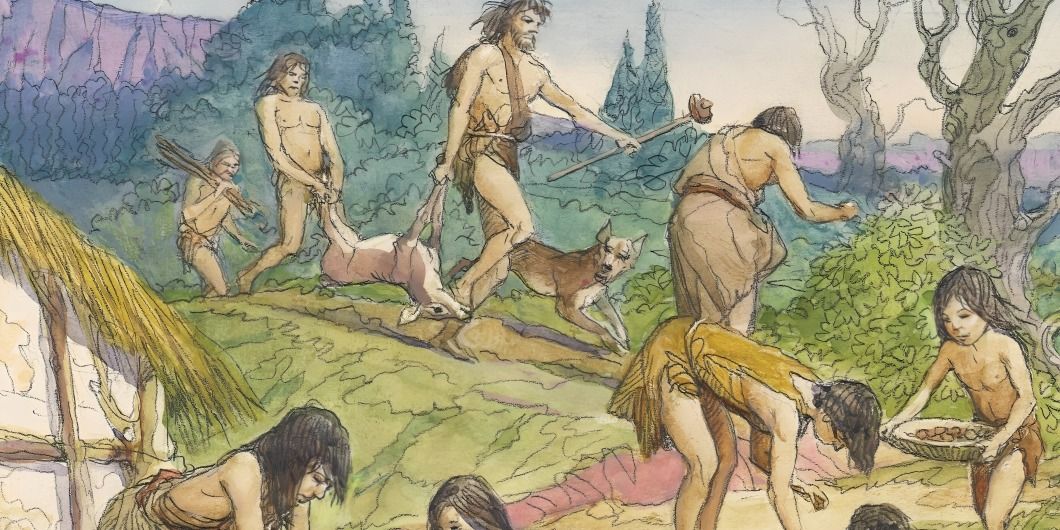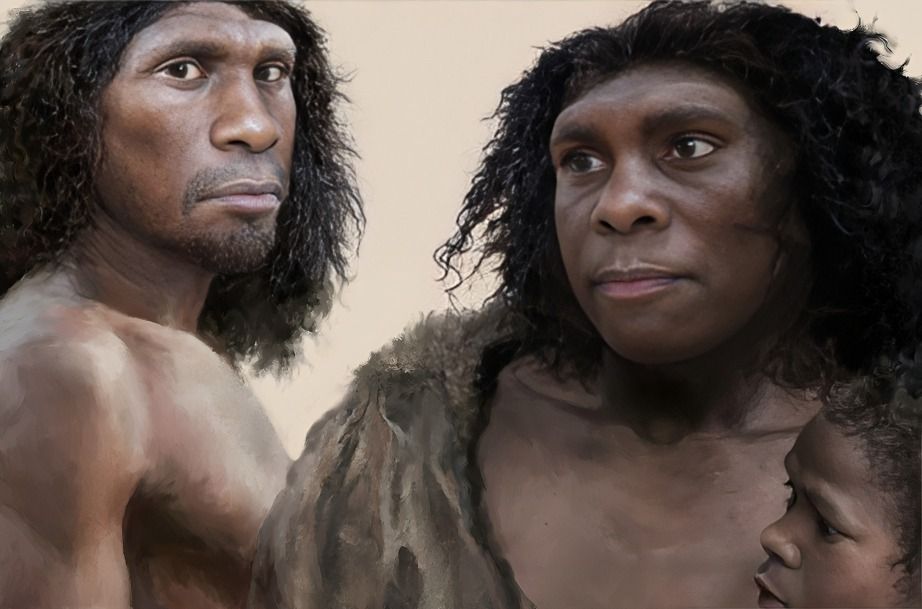
“
Human Evolution During the Paleolithic Era marked a transformative period in history. Early humans, from Homo habilis to Homo sapiens, developed essential survival skills, crafted tools, and adapted to their changing environments. In this blog, we'll explore 20 fascinating facts about Human Evolution During the Paleolithic Era, examining how our ancestors evolved physically, mentally, and socially. 1
1
ry.1
1
”
The Paleolithic Era, also known as the Old Stone Age, spanned from about 2.5 million years ago to 10,000 BCE. Early humans first began to create tools from stone during this period, drastically altering survival and daily life.1
Homo habilis, one of the earliest human species, lived during the Paleolithic Era and is believed to be the first to use simple stone tools. Their name translates to "handyman," emphasizing their role in tool-making advancements.2
The control of fire during the Paleolithic Era was a significant leap in human evolution. Fire provided warmth and protection and allowed early humans to cook food, making it easier to digest and more nutritious, aiding brain development.3
The Paleolithic Era saw the rise of Homo erectus, a species that walked upright and ventured out of Africa. Their migration marked the beginning of human exploration and adaptation to different environments across the globe.4

Early humans in the Paleolithic Era were hunter-gatherers, relying on foraging and hunting animals for survival. This nomadic lifestyle required them to follow food sources, leading to seasonal migrations and the development of social cooperation.
The emergence of language during the Paleolithic Era revolutionized communication. While no written records exist, researchers believe early humans developed complex vocalizations and gestures essential for group hunting and knowledge sharing.5
Homo erectus, a key species in human evolution, emerged around 1.9 million years ago during the Paleolithic Era. They were the first to migrate out of Africa, spreading into Europe and Asia, marking early human adaptability to diverse environments.6

Homo neanderthalensis, or Neanderthals, were a significant species in the Paleolithic Era. Known for their stocky build and robust structure, they adapted to cold European climates and coexisted with early modern humans for thousands of years.
The diet of Paleolithic humans was rich in protein from hunted game, complemented by gathered plants, fruits, and nuts. This varied diet supported brain growth and development, contributing to the evolution of larger, more complex human brains.7
The Paleolithic Era marked clothing development from animal hides and plant fibres. Early humans used these garments for protection against harsh climates, showcasing their ingenuity in adapting to various environments.8
Neanderthals practised burial rituals, as evidenced by graves in sites like Shanidar Cave in Iraq. These burials suggest that Paleolithic humans had a concept of life after death or a belief in spiritual practices.9

Like those in Lascaux, France, cave paintings date back to the Paleolithic Era. These stunning works of art depict animals, hunting scenes, and abstract symbols, offering a glimpse into early humans' beliefs and daily lives.
Homo sapiens, our direct ancestors, emerged in the late Paleolithic Era, around 300,000 years ago. Their advanced tool use, social structures, and artistic expressions set them apart from other hominins, marking a shift to complex societies.10
The domestication of dogs may have begun in the Paleolithic Era. Evidence suggests that wolves and early humans formed mutually beneficial relationships, leading to the domestication of canines for hunting and companionship.11
The end of the Paleolithic Era coincided with the retreat of the last Ice Age. This climatic shift allowed humans to expand into new regions and develop agriculture, marking the beginning of the Neolithic Revolution and the rise of settled communities.12
Social structures in Paleolithic groups were likely egalitarian, with men and women contributing equally to survival. The division of labour revolved around hunting and gathering, with both genders playing vital roles in ensuring the group's well-being.13

The Acheulean hand axe, a sophisticated tool from the Paleolithic Era, showcased advanced human cognitive abilities. This multipurpose tool, used for cutting and hunting, required skilful planning through a complex knapping process.
The Upper Paleolithic Era, the final phase of the Old Stone Age, witnessed a surge in art, culture, and tool innovation. Humans created intricate tools like needles and harpoons and expressed themselves through carvings and jewellery.14
Genetic studies suggest that humans and Neanderthals interbred during the Paleolithic Era. Modern humans of non-African descent carry traces of Neanderthal DNA, indicating a long history of interaction between these two hominin species.15
Paleolithic humans may have developed early forms of medicine, using plants with healing properties to treat wounds and illnesses. Archaeological evidence suggests they knew herbs and natural remedies, aiding their survival.16


